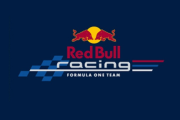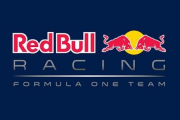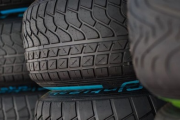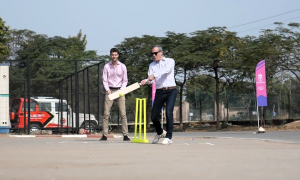“What goes on during F1 pre-season testing?” is perhaps one of the more intriguing questions unanswered in the mind of every Formula One enthusiast. If Marc Priestley, a former mechanic at McLaren, is to be trusted, pre-testing is one of the most interesting periods in the cycle of the teams. He reveals some of the interesting facts which suggest that this phase is actually as exciting and in some cases even more than the races themselves.
Recalling the kind of pressure that he faced at McLaren, during pre-season testing was anguishing. There was no concept of night shifts or engineers rotating jobs to complete the work. Each one was pushed to their limits and beyond working continuously for weeks of sleepless nights. The pain-filled days all were converged on one battle: to incorporate new technology and enhance the performance of the car on track. The team would desperately be trying to figure out ways and means for the components to fit and last without breaking under high stresses.
The team would be relentlessly working towards trying new parts and components developed back in the design lab and maybe trying to look into improving the parts themselves on the track. The ultimate aim was to make the car light, quick and reliable. Of course, the constant of playing within the regulations of FIA was a given and the management is very critical of any breaches as it would attract high fines and criticism.
Marc stresses on the huge effort and resources that take a team to develop the car from design stage to the time it finally turns wheel at the first test. There is no wonder that the teams hence try hard and is the highest priority to safe guard all the new developments made to the car. The scene is same in almost all the teams as they try to find out about each other’s cars and changes made in them. Marc talked about specific photographers commissioned to take pictures of the most intriguing opponent’s cars. Teams would spend hours analysing thousands of photographs and that too at an attention level of detail that would put many in awe.
There would be loads of engineers surrounding the car at most times called ‘defending crew’, to guard and car while it stands in the pit lane or garage to keep the media and plain clothed photographers away from taking pictures or knowing about the cars. The teams try to tune into other frequencies and listen into pit wall conversations, use thermal imaging to understand the tyre and engine conditions and predict the team strategies.
Also, Marc talked about how teams with a winning package of the car would fuel the car heavily during testing and put in slow lap times to keep attention away, which Mercedes did last season. There are times when a slow car has cannot be revealed to the competition, sponsors and investors. In that case, cars would be driven in the qualifying format with low fuel load while other cars test endurance.
Pre-season testing is perhaps one of the most strategic and interesting times and lays the foundation for the whole Formula One season. These aspects of the sport make it more exciting and adds to the glamour of being the pinnacle of racing. The outcome of these engineers and teamwork is what fans witness on the track on race-weekends.
Tags: F1, FIA, Formula One, McLaren, Mercedes, Motorsport, Motorsports, Racing













